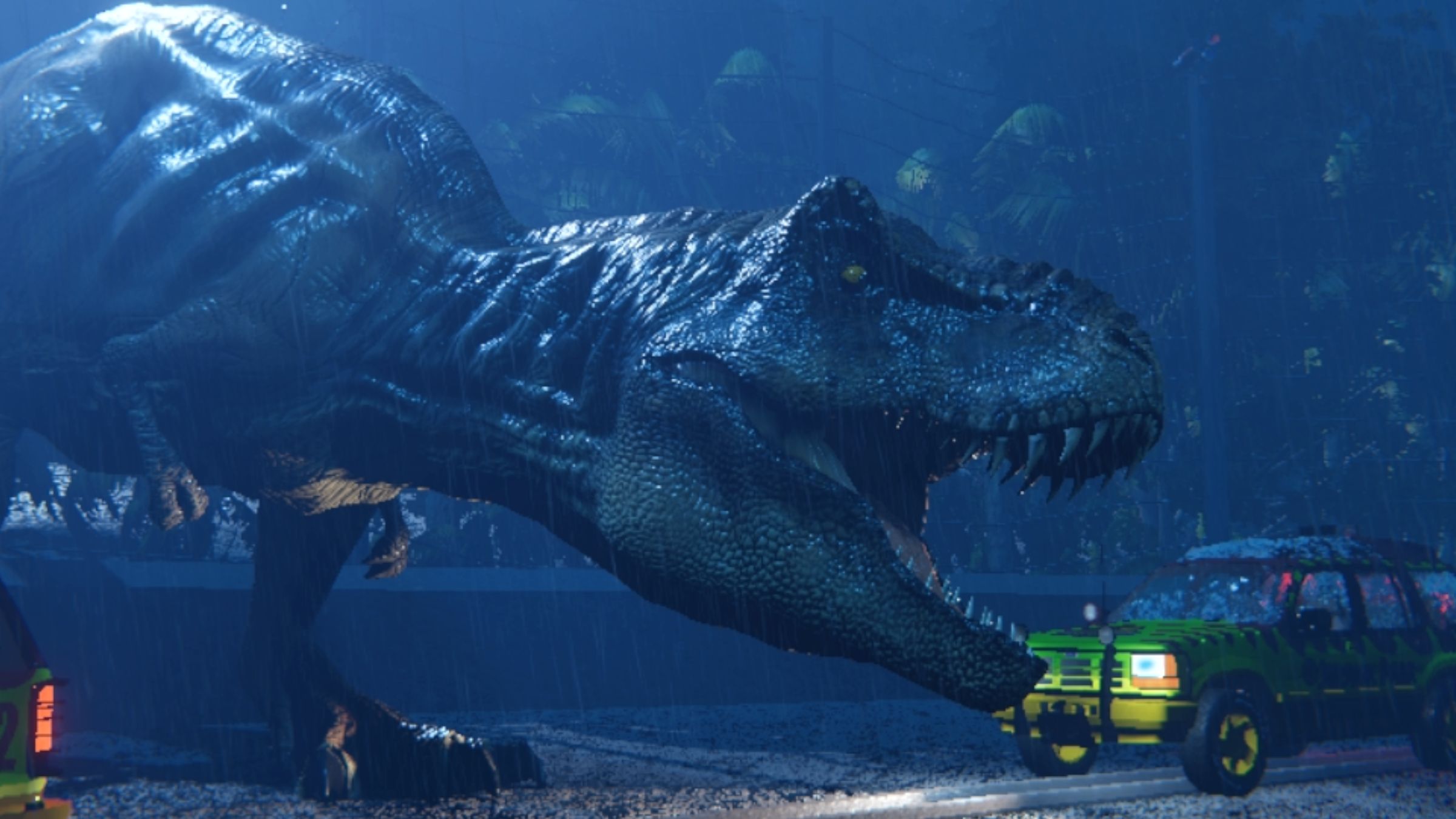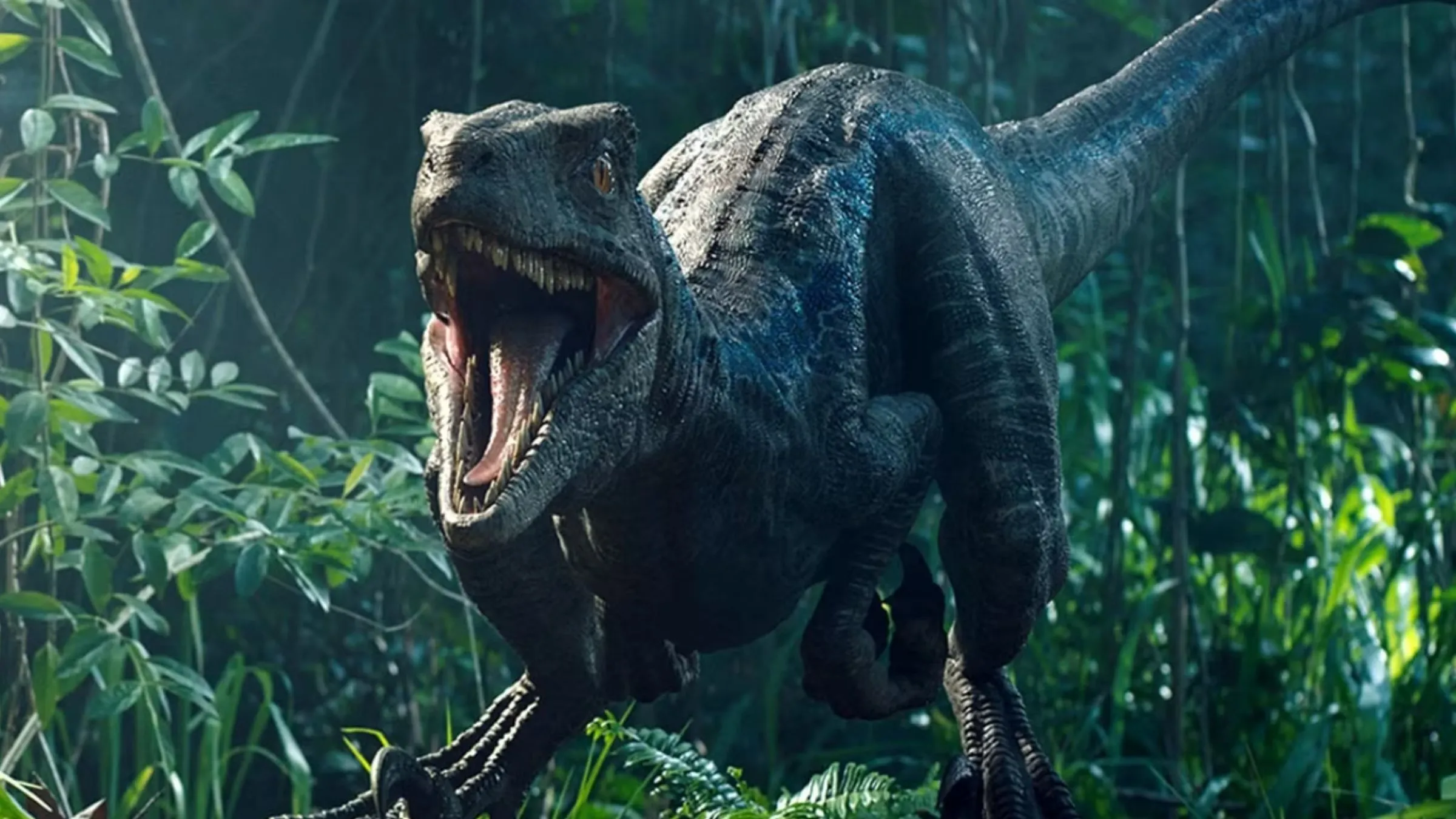
The initial “Jurassic Park” film premiered on June 11, 1993, making a significant impact and sparking an interest in dinosaurs among many, including budding paleontologists. However, it’s important to acknowledge that the “Jurassic Park” series has influenced society’s understanding of dinosaurs in ways that may not be entirely accurate. When the first film was released, popular belief held that dinosaurs were primarily large reptiles with scales, but modern findings have challenged much of this understanding. While we’re not criticizing the original movies for this discrepancy – after all, who could have foreseen future discoveries? – it’s worth noting that the “Jurassic World” series has made minimal attempts to rectify this misconception.
It’s crucial to note that we’re ardent admirers of the Jurassic Park movies. The series offers an enticing mix of action and monster flicks, brimming with emotion, and occasionally featuring a slightly exaggerated narrative. However, it’s essential to acknowledge that these films have significantly influenced a generation’s understanding of dinosaurs, and as more movies perpetuate this pattern, the misconceptions will likely grow. A casual joke or two might explain it away, but it doesn’t help in enlightening fans about the historical facts. Even a brief investigation would reveal that the dinosaurs depicted in this cherished franchise are not entirely accurate.
How Our Understanding of Dinosaurs Has Changed Over the Years

Over the past two decades, our understanding of dinosaurs has been significantly revised, making the statement “paleontologists have learned much about dinosaurs” an understatement. For instance, what was once thought to be scaly dinosaurs is now believed they were probably feathered. To put it another way, dinosaurs share more characteristics with today’s chickens than with Komodo dragons, although this image might not evoke a sense of grandeur. However, just because the imagery isn’t impressive doesn’t mean we should dismiss this newfound knowledge in science.
In the movie “Jurassic Park”, Dr. Grant proposes that dinosaurs might have been feathered, even in the first film. This idea was still a theory during the film’s release and was later confirmed in 1996 due to a discovery made by Li Yumin. Yumin found a Sinosauropteryx, a small predator preserved in volcanic ash. The groundbreaking aspect of this find was the presence of feathers so densely packed that they resembled fur, effectively debunking the previous scale theory.
Making the first of many groundbreaking findings, these discoveries significantly reshaped our scientific view of dinosaurs. Interestingly, some fossils were found with what appeared to be wings, albeit likely vestigial given their size. Most intriguingly, it seemed that even large predators were covered in feathers, lending further credence to this new perspective on these ancient creatures. While we could delve deeper into the specifics, doing so might keep readers occupied for the better part of two weeks.
The Inaccuracy of Dinosaurs in Jurassic Park

The original “Jurassic Park” movie is forgivable for not featuring feathers on its dinosaurs given the scientific knowledge at the time, but it’s crucial to acknowledge that the film took artistic liberties with many facts and sometimes contradicted current theories. For instance, the Dilophosaurus, known for killing Dennis Nedry, was not depicted with a neck fan or venom-spitting abilities. Similarly, the sounds dinosaurs made in the movie are not believed to be accurate by scientists. Even the T-Rex’s roars might not have been as they were portrayed. Interestingly, it’s suggested that T-Rexes had excellent sight and standing still wouldn’t guarantee safety.
As a movie enthusiast and dinosaur enthusiast, I must say that one of the most striking departures from reality in the Jurassic Park series is the portrayal of Velociraptors. The films have taken creative liberties with these creatures, altering several crucial aspects of their physical appearance. Contrary to popular belief, these dinosaurs were not towering beasts as depicted on screen. In actuality, Velociraptors stood at around 1.5 feet tall and were approximately six feet long.
The films have also been less than accurate in other aspects regarding this beloved character, making it all the more disappointing for paleontologists like myself who appreciate the accuracy of historical portrayals in film.
Jurassic World‘s Portrayal of Dinosaurs

With a greater comprehension, one might assume that the portrayal of dinosaurs in the movie “Jurassic World” would be more accurate. However, this assumption was swiftly debunked as colossal monsters rampaged across the island instead. On the positive note, at least one comment acknowledges the scientific inconsistency, suggesting that alterations to the engineered creatures were due to the inclusion of amphibian DNA. While this explanation is passable, it fails to alter our general understanding or perception of dinosaurs.
In a positive twist, Jurassic World Dominion marked the debut of the franchise’s first feathered dinosaur. The explanation for this unexpected transformation lies in the portrayal of dinosaurs living in their natural habitat, which seems to have prompted a return to more authentic forms. Although it may seem minor compared to other creative choices, it’s a step in the right direction as we hope for future depictions that are truer to scientific findings about these fascinating creatures.
You can find the blockbusters “Jurassic Park” and “Jurassic World” streaming across several platforms. For insights into recent paleontology findings, keep up with online scientific news or pay a visit to relevant museums dedicated to this field.
Read More
- PI PREDICTION. PI cryptocurrency
- Gold Rate Forecast
- Rick and Morty Season 8: Release Date SHOCK!
- Discover Ryan Gosling & Emma Stone’s Hidden Movie Trilogy You Never Knew About!
- Linkin Park Albums in Order: Full Tracklists and Secrets Revealed
- Masters Toronto 2025: Everything You Need to Know
- We Loved Both of These Classic Sci-Fi Films (But They’re Pretty Much the Same Movie)
- Mission: Impossible 8 Reveals Shocking Truth But Leaves Fans with Unanswered Questions!
- SteelSeries reveals new Arctis Nova 3 Wireless headset series for Xbox, PlayStation, Nintendo Switch, and PC
- Discover the New Psion Subclasses in D&D’s Latest Unearthed Arcana!
2025-04-13 01:10